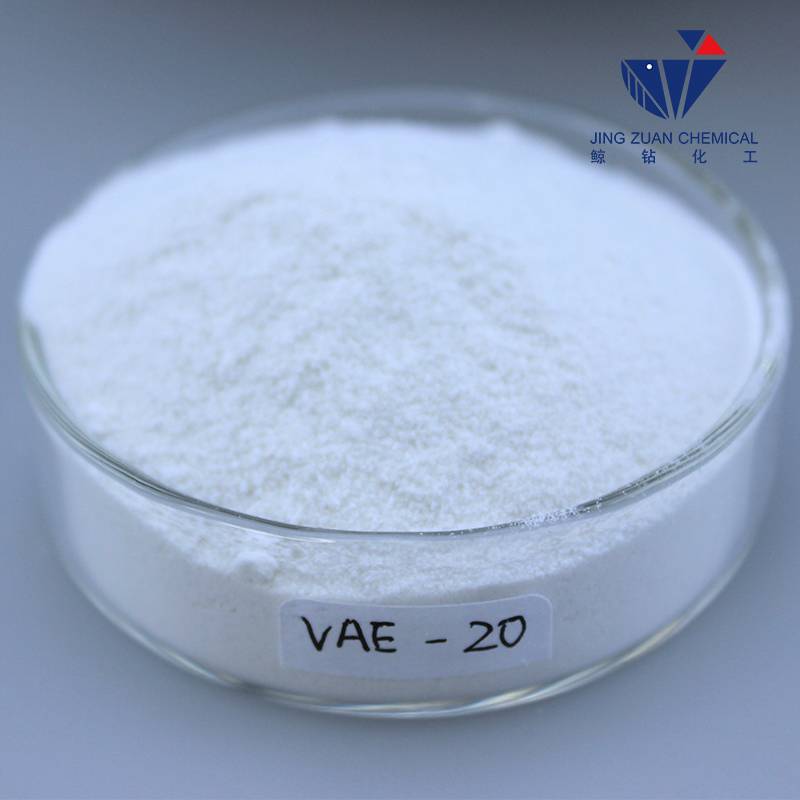
Oct . 21, 2024 16:13 Back to list
cement bonding additive
Cement Bonding Additives Enhancing Strength and Durability
Cement bonding additives play a crucial role in modern construction and material science, providing enhanced adhesion and improved performance in various applications. These additives are integral to the formulation and application of cement, allowing for superior bonding properties that can significantly affect the durability and longevity of structures.
At its core, a bonding additive is a chemical formulation designed to improve the performance of cementitious materials. When mixed with cement, these additives promote better adhesion between the cement and other materials, such as aggregates, masonry, and even other cement layers. This enhanced bonding capability is particularly important in applications where structural integrity is critical, such as in pavements, bridges, and buildings.
There are several types of cement bonding additives, each serving a unique purpose. Among the most common types are latex-based additives, polyvinyl acetate (PVA), and epoxy resins. Latex additives, for instance, improve the flexibility and tensile strength of the cement mix, making it suitable for applications subject to movement or vibration. PVA is often used to enhance the bonding quality of cementitious mixtures, leading to better performance under various environmental conditions.
cement bonding additive

The use of cement bonding additives can also mitigate the challenges posed by varying environmental conditions. For instance, structures exposed to freeze-thaw cycles can significantly benefit from the improved tensile strength and adhesion provided by these additives. This is particularly relevant in regions with harsh winters, where the constant cycle of freezing and thawing can lead to cracking and structural failure if adequate precautions are not taken.
In addition to their performance benefits, cement bonding additives contribute to the overall sustainability of construction projects. By increasing the longevity of structures, these additives reduce the need for frequent repairs and replacements, thereby decreasing the environmental impact associated with resource extraction and processing. Additionally, some additives are derived from renewable resources, aligning with the growing emphasis on sustainable building practices.
Moreover, the application of cement bonding additives is not limited to new construction; they can also be instrumental in repair and restoration projects. When applied to existing structures, these additives can rejuvenate old concrete surfaces, improving adhesion capabilities and extending the life of the infrastructure. This is particularly valuable in the context of urban renewal, where existing materials must be leveraged effectively to meet contemporary needs.
In conclusion, cement bonding additives are vital components in modern construction, enhancing the strength, durability, and longevity of cementitious materials. As the construction industry continues to evolve, the demand for reliable and effective bonding solutions will only increase. Understanding the diverse range of additives available and their specific applications can lead to better construction practices, ultimately resulting in safer and more sustainable built environments. Embracing these innovations will ensure that engineers and builders are well-equipped to tackle the challenges of tomorrow.
-
The Widespread Application of Redispersible Powder in Construction and Building Materials
NewsMay.16,2025
-
The Widespread Application of Hpmc in the Detergent Industry
NewsMay.16,2025
-
The Main Applications of Hydroxyethyl Cellulose in Paints and Coatings
NewsMay.16,2025
-
Mortar Bonding Agent: the Key to Enhancing the Adhesion Between New and Old Mortar Layers and Between Mortar and Different Substrates
NewsMay.16,2025
-
HPMC: Application as a thickener and excipient
NewsMay.16,2025
-
Hec Cellulose Cellulose: Multi functional dispersants and high-efficiency thickeners
NewsMay.16,2025







